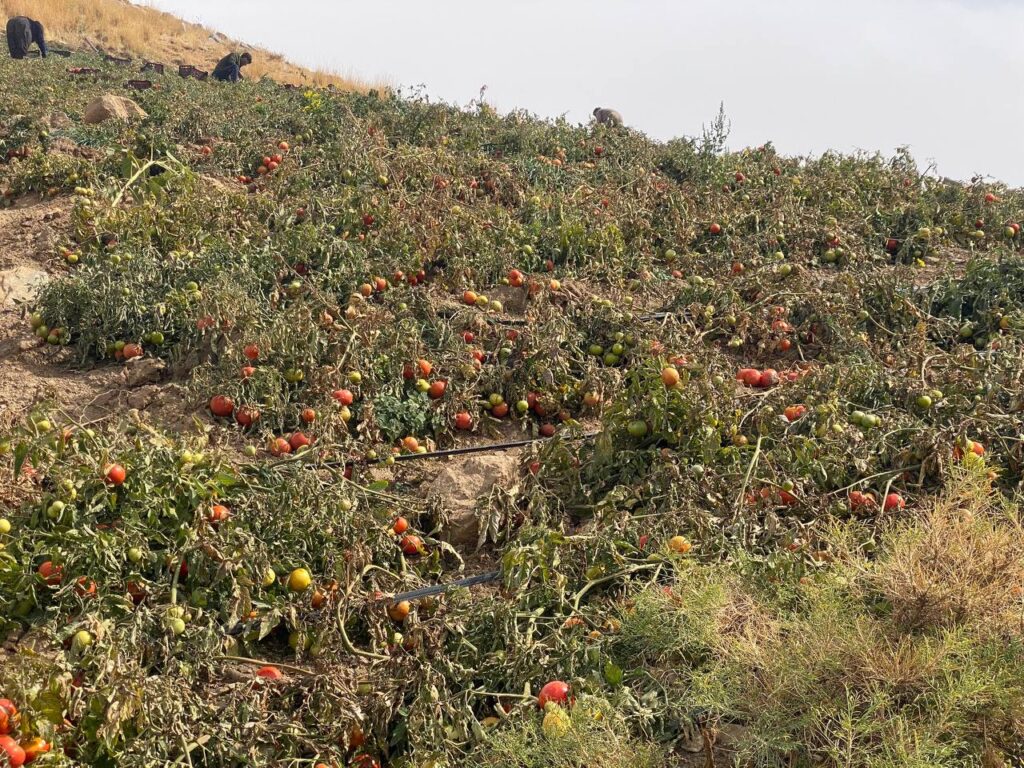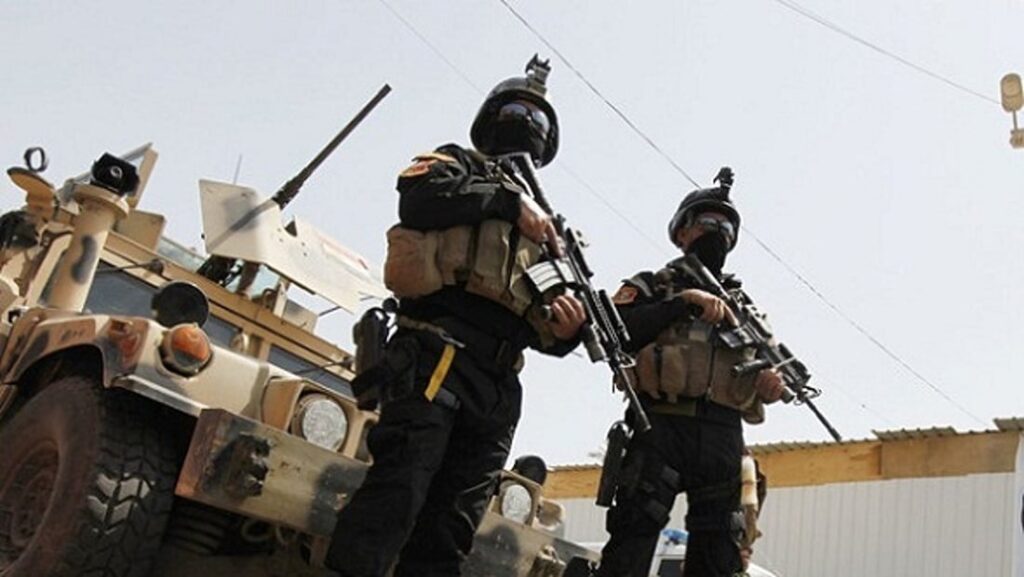Afghanistan: Helpdesk Report: K4D - Climate change as a driver of conflict in Afghanistan and other Fragile and Conflict Affected States
Summary
The report provides a brief account of the current state of knowledge of the links between climate change and conflict. It then presents relevant literature from Afghanistan (although this is limited), and finally examples from other countries or regions where links have been proposed (many of which can be considered fragile and conflict affected states (FCAS)).
A growing number of researchers are linking climate change to violent conflict; however, robust scientific evidence of this relationship remains obscure and contested (for example the link between drought and the Syrian uprising). Although a direct, linear relationship between climate change and conflict is disputed, much of the literature agrees on an indirect link where climaterelated change can influence factors that lead to or exacerbate conflict under certain circumstances. Hence, understanding how and under what circumstances these changes may lead to violent conflict is key. Much of the literature reviewed emphasises that policy responses to climate-related security risks need to acknowledge the complexity of the climate-conflict relationship through specific mechanisms, and to be adapted to specific local contexts. Political, spatial and temporal dimensions should also be included when studying these links.
The primary sources used in this review were papers published in peer reviewed scientific journals and other grey literature. There are a number of recent detailed synthesis of the climateconflict literature which provide more comprehensive reviews of the evidence both for and against such a relationship and discuss knowledge gaps (for example see Adger et al., 2014;
Burke et al., 2015; Dell et al., 2014; Gemenne et al., 2014). There are a number of areas where further research is needed. These include the need to analyse the absence of conflict in the face of climate risks, the need to expand the range of issues accounted for in analysis of climate and security including the impacts of mitigation response on domains of security, and the need to include theories of asymmetric power relations in explaining security dimensions (Gemenne et al., 2014).
Literature has been rapidly expanding in this area but geographic coverage is still biased towards certain areas (in particular sub-Saharan Africa and East Africa). As found by Nordqvist and Krampe (2018) there is not enough known about the climate–conflict relationship in Afghanistan (which is critically under researched) and the surrounding South Asia and South East Asia regions. In general, there is a lack of rigorous academic studies that focus on the climate-conflict relationship for these regions as well as other regions such as Latin America. Three other major biases in climate-conflict research have been highlighted in the literature: research primarily focuses on a few accessible regions, ignores the regions/countries most affected by climate change, and overstates the links between climate change and conflict by focusing on the regions that have been conflict-affected (Adams et al., 2018). There is therefore a need for further rigorous research. The literature in this review was largely gender-blind, even though gender plays a crucial role in both conflict, climate change and peacebuilding.
Many findings in this report, whilst context-specific, reflect similar insights into mechanisms through which climate change may affect violent conflict (although it is important to remember the wide-array of other factors that also influence conflict dynamics):
? Rüttinger et al. (2015) identified seven complex climate-fragility risks that emerge when climate change interacts with other social, economic, and environmental pressures: (1)
Local resource competition; (2) Livelihood insecurity and migration; (3) Extreme weather events and disasters; (4) Volatile food prices and provision; (5) Transboundary water management; (6) Sea-level rise and coastal degradation; (7) Unintended effects of climate policies. These risks are not isolated and interact with each other in complex ways.
? Lukas and Rüttinger (2016) highlight four major climate-fragility risks for Afghanistan: (1)
Land degradation and natural resource conflicts; (2) Scarcity and illicit livelihoods; (3)
Transboundary water conflicts and armed insurgency; (4) Rapid-onset disasters and instability.
? Nordqvist and Krampe (2018) analysed literature on climate-conflict links in South Asia and South East Asia, and found that existing research addresses similar categories of mechanisms as those presented in previous reviews of other regions (such as the Horn of Africa). They found context-specific evidence that climate change can have an effect on the causes and dynamics of violent conflict in the region when: (a) it leads to a deterioration in people’s livelihoods; (b) it influences the tactical considerations of armed groups; (c) elites use it to exploit social vulnerabilities and resources; and (d) it displaces people and increases levels of migration. These mechanisms are often interlinked and more noticeable in some climatic, conflict and socio-economic contexts.
? van Baalen and Mobjörk (2018) explore how climate change affects the risk and dynamics of violent conflict in East Africa. Conflicts around natural resources – land, pasture, water – are particularly frequent where livestock rearing pastoralists are involved. They identify four key mechanisms in East Africa: i) deteriorating livelihoods, ii) increased migration and changes in pastoralist mobility patterns, iii) tactical considerations among armed groups, and iv) elite capture of local disaffection.
? A recent climate-related security risk assessment of Iraq identified the following priority risks (Hassan et al., 2018): (1) Diminished agricultural livelihoods increase local support for terrorist groups; (2) Insufficient governance capacity to address and respond to climate change and environmental degradation; (3) Increased dependence on water flows from riparian neighbours and regional stability; (4) Mass displacement and forced migration; (5) Heightened communal tensions over access to food and water.




